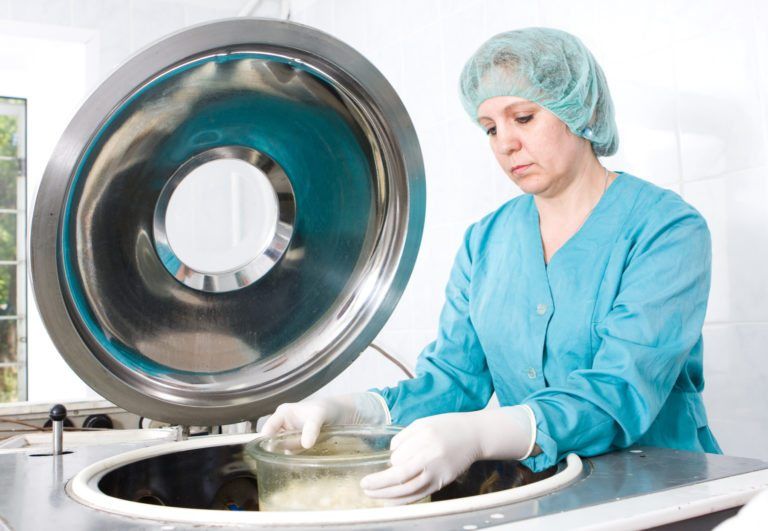Bone Graft Options (Stem Cells, Allograft, Autograft, BMP-2)

Spinal fusion surgeries can provide great relief to patients suffering from symptoms caused by spinal disorders, but many have questions as to where the bone graft that will be placed as part of the spinal fusion process will be obtained. There are multiple sources for bone tissue for use in bone grafting, and in some cases, new bone can be encouraged to grow through modern techniques. Below Dr. Peelle covered a few of the sources for bone grafts, as well as a couple of the exciting new technologies that may make using bone-in fusion surgeries a thing of the past.
Iliac Crest Harvesting
Harvesting of bone from the patient’s iliac crest, the top ridge of their hip, has long been the preferred method of obtaining material for a bone graft. It ensures the highest chance of acceptance, being made of living bone, and also being directly from the patient. While this remains the gold standard for bone graft options, there are some complications that can arise. Therefore, alternative approaches have been used, with new ones becoming available each day.
Allograft
The term allograft refers to the use of bone from a donor source, typically a cadaver of an organ donor. While this avoids the complications at the harvest site associated with iliac crest harvesting, there is some level of rejection possible due to a lack of shared DNA. Following the harvesting of the donor’s bone, it is treated with an antibiotic solution and frozen at -70 °C for transport. Depending on the preparation of the allograft there is some possibility of the transition of disease from the donor source, though these occasions are very rare and there are preparations that can help to reduce this possibility by a significant degree. If you have any concerns, discuss them with Dr. Peelle.
Bone Morphogenic Proteins (BMP)
BMP’s have been researched deeply for the past 5 decades given their unique properties and potential benefit to orthopaedic science and medicine. These proteins spur natural bone growth in the human body, enabling Dr. Peelle to use them in cases where spinal fusion is needed without having to harvest material from the patient, nor use outside sources of bone to aid in the surgery. While showing great potential, it has thus far only been approved for a single style of surgery, the anterior lumbar interbody fusion (ALIF), and so may not be appropriate to your particular case. Additionally, while FDA approved, BMP tends to be more expensive than other options available. Speak to Dr. Peelle and insurance company to see if BMP may be appropriate for your case.
Stem Cells
In 2005 a research study came out that caused quite the stir among the orthopedic community, discovery of the stem cell origins in the human neck and shoulders. Using these stem cells it is possible to encourage the bone to grow new tissue in spinal fusion following surgery, making this a new and exciting treatment for degenerative disc disorders, among other spinal issues. Speak to Dr. Peelle about stem cell use if you have any questions.

